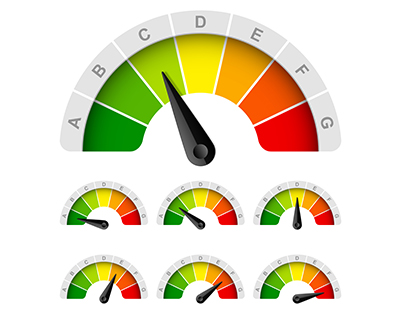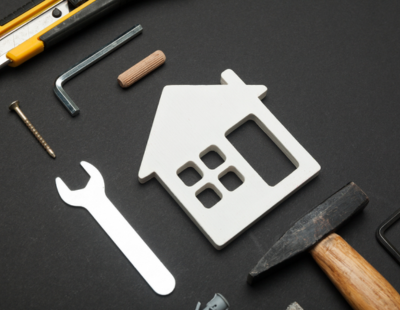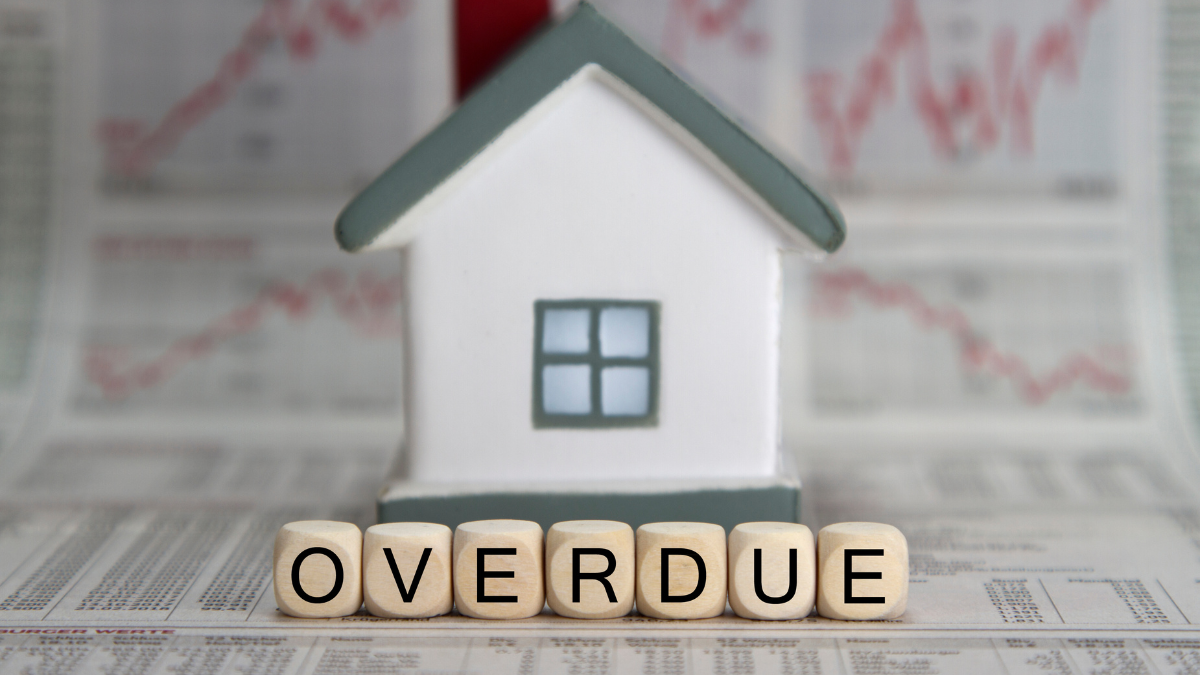Solar panels, already increasing in popularity to combat rising energy prices, could boost householders’ finances by £586 a year, in electricity savings and selling any surplus back to the grid. The report also emphasises the need to invest in energy efficiency to insulate homes, to not only cut bills but maximise the benefits of other green technologies.
The report analysed five million housing transactions in England and Wales – one of the largest assessments of its kind – and found that installing an air-source heat pump could increase the sales value by around £5,000 to £8,000; solar panels could increase it by around £1,350 to £5,400; and an electric vehicle charge point could increase it by around £5,000.
In combination, the value of a house could be boosted by an average of around £10,000 as a result of installing a combination of these technologies claims the report authors, WWW-UK and Scottish Power.
Shifting to low carbon technologies in this way could also reduce a home’s lifetime carbon emissions from energy by up to 91 tonnes of CO2e or over 95 per cent - the equivalent of taking 42 cars off the road per household.
Approximately one fifth of the UK’s carbon emissions currently comes from our homes with a further 15 per cent from cars. To achieve net zero, these emissions will need to be reduced to zero in less than 30 years.
The organisations creating the report recommends support and policy change from all UK governments to help reduce the up-front and running costs of low-carbon technologies, including funding for homeowners and tax incentives for private landlords to install them, as well as strengthening consumer protection and advice.
It also urges the UK government to consider an energy saving Stamp Duty incentive, as well as calling for financial institutions to introduce innovative products such as green mortgages and for estate agents, property listings websites, and surveyors to highlight the presence and value of green technologies to house buyers.
Isabella O’Dowd, head of climate at WWF-UK, says: “Accelerating the rollout of low-carbon technologies and energy efficiency is the best way to ensure the UK’s energy security, shield homeowners from the high price of fossil fuels, and protect the planet.
“To ensure that a wide range of people benefit, government must improve incentives for installing low-carbon technologies and provide more financial support and advice to homeowners and landlords.”
“Estate agents and property specialists need to do more to highlight the value of green homes, while mortgage providers should scale up their green mortgage offerings, helping more people upgrade their homes”.
Rob McGaughey, head of smart heat at ScottishPower, adds: “As a company that already generates 100 per cent green electricity, we know that decarbonising heat and transport is next. At ScottishPower we believe that home installations of heat pumps, solar panels and electric vehicle chargers can help both move the country away from its reliance on fossil fuels and address the climate crisis.
“Not only that, but the ‘Better homes, Cooler Planet’ report findings also demonstrate that installing a combination of these renewable technologies can be a smart investment for homeowners and landlords, increasing home equity value by an average of around £10,000 and significantly reducing energy bills.”
Want to comment on this story? If so...if any post is considered to victimise, harass, degrade or intimidate an individual or group of individuals on any basis, then the post may be deleted and the individual immediately banned from posting in future.




















.jpg)









%20(002).png)




.png)






Join the conversation
"and found that installing an air-source heat pump could increase the sales value by around £5,000 to £8,000"
Notice how they don't tell you how much you can 'save' with ASHP? Because you can't...
Precisely, the actual costs savings are in the negative
The report found that installing an air-source heat pump could increase the sales value by around £5,000 to £8,000; solar panels could increase it by around £1,350 to £5,400; and an electric vehicle charge point could increase it by around £5,000.
I find those figures quite surprising. Why would an EV charge point add £5000 to the value of a house when it costs less than £1000 to install one?
If anyone can find a house with a decent size solar array for only £5400 more than one without solar that has to be a fantastic bargain. Houses with older solar panels will still get the Feed In Tariff payments for several more years plus make significant savings on their own energy bills. To have new solar panels installed is way more than £5400 for a 4kW + array. If you have a battery as well it's closer to £10000. I had quotes yesterday ranging from around £9500 to £12000 for 14 panels plus a 5kW battery.
Won’t be any savings I have come across those Air Source heat units well before now, used to heat swimming pool’s outside installation not great and so expensive very heavy also several hundred weight.
How can we save £1’878. on Energy Bills no matter what we do, or do they think we are oblivious to the fact they have doubled our Energy Bills.
Maybe we could avoid stupid wars the root cause.
😂😂 This is the written version of Fawlty Towers ! It’s all smoke and mirrors, listen up you lot of Green zealots, if EPC C comes in for the PRS … I am selling my whole portfolio, they are old properties and it is not cost effective, and I bet there are thousands just like me.
Agree totally-we have always bought victorian terrace houses,and 'info' relating to costs for improvements on our EPC reports are beyond absurd.
Surely any subsidy would be for the tenants' benefit as it would be they who ultimately would foot the bill for any "green" measures forced on landlords?
The modern generation needs to adopt the measures we used when young - only heating rooms in use, wearing woolly jumpers when it's colder, washing everything ( including bodies) less.
Lower consumption means lower bills, no matter how achieved.
Well what a load of BULL that all is, must think we fell off the old Christmas tree
I thought the same thing.
World wildlife fund -WWF , another dangerous pressure group.
I think they have another organisation called UK Pondlife Fund!
These organisations all seem to attract those who couldn't hold down a real job but despise the wealth producers who ultimately provide their "funds".
Robert Brown, very true, but that's how the ultra rich stay rich !
Years ago I recall the boss of a war on want shop turning up in a Rolls-Royce… that was in the 70s
You can just imagine the shenanigans they get up to these days …
What has the world wildlife fund go to do with private sector landlords, what is the political aim and political gain ?
Get you all electric then if you don't behave ( digital ID ) they pull your plug - smart meter etc
All about Control ....
The article doesn’t mention that with climate change now making a difference in UK, I would have thought that having reversible air conditioning installed is the way forward. That means it would heat the house in winter and cool the house in Summer, but you need to heat hot water by another solution. So I could see that this would add to the value of house, rather than a EV charging point or ASHP.
Remember that a ASHP only works effectively on a 3:1 ratio when there is enough warm air to take the heat out of, so when temperature drops below 5 degrees outside the ASHP is working on a 1:1 ratio and with electric prices at 30p a kwh then its an expensive option to heat your home. ASHP also work at 50 degree’s rather than 60 degrees for a gas boiler, so it takes long to get rooms up to 21degrees or more. I’ve heard fan assisted radiators are now available, but they will increase your costs. Solar PV with batteries or a Heat Battery/duplex storage heaters is a possible solution to reduce your bills, but you need to put as much solar on the roof as possible, to generate enough in the winter months to make a difference. Our Solar array of 12kwp and a 13.5 kw tesla battery gives us a net zero bill over the entire year, but we do have a a south facing roof and ASHP.
Peter how much does your installation cost ? Did you have your roof strengthend to carry the solar array ? And your supply upgraded to cope with the ASHP ?
Our Solar cost 10k and the battery was 7.5k but I think that has jumped to 8.2k now. No roof strength required just scaffolding for the week. The DNO has restricted us to 9kw export but that’s not an issue. Octopus put a new smart meter in so we could get the Tesla Tariff which is 11.11p import and 11.11p export so summer generation balances winter consumption. My guess is that our bill will be credited £140 this July, we had £130 credited in June and £110 in May. The ASHP runs on a 16amp circuit same as an immersion heater.
Peter England thankyou.
With the temperature below 5 c what's the point of running the heat pump ?
Without it we wouldn’t have any hot water or heating so it’s essential. ASHP don’t react quickly. I turned the heating down to 15 degrees last Christmas while we were away and the house took 3 days to get back to temperature. The underfloor operates at a lower temperature, so instant control habits have changed.
Gas is normally a quarter of the electric price, but prices for electricity now is 18
5 kw hour. I would get a has boiler and run it in parallel to your heat pump, it would bring your home up to temperature much more quickly.
Gas in homes is on the way out from the carbon prospective. New build boilers will be banned in 2025 and I expect existing boilers by 2028.-2030. We don’t have gas in street anyway, so it’s either Oil, or Gas tank or wood/coal. Cost of Gas will probably go up to 15p per kw and cost of electric will be over 50p per kw soon so yes it’s worth investing in your own Solar Power.
I've worked in the energy industry for years, and what is shocking is that nobody understands how poor home heating was in the 1950 s. Which we are going back to. After net zero it will be year zero, a communist aim, for which a lot of the political infrastructure is in place. Heat pump, how much energy does it consume with an ambient air temperature of zero or less ?
Like a fridge, I don’t think the ASHP compression works at all at zero, therefore the heat store will be heated by the element and there will be overhead consumption defrosting etc so you probably get a 95% conversion to heat. This will depend on the units you have installed.
Please login to comment